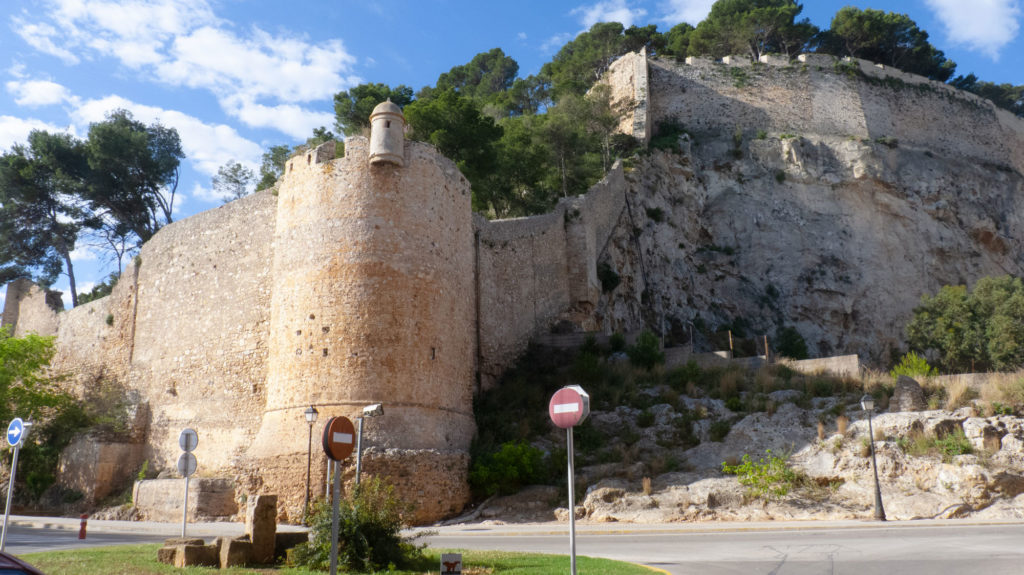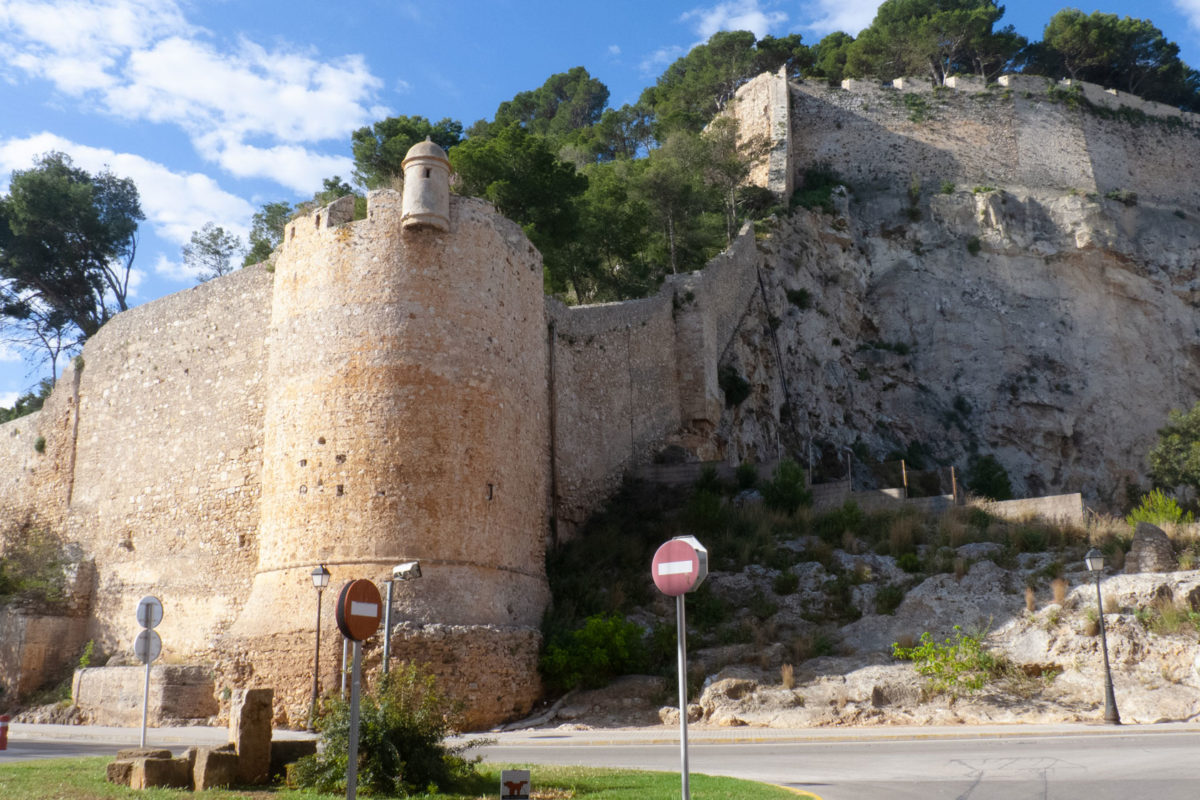Denia
In the IV century BC Denia was a Greek colony and in the 1st century BC a Roman naval base.
The Muslim Arabs built the first castle, which was taken by the Christians in 1244.
It was also occupied by the British during the 18th century War of Spanish Succession and by Napoleon’s troops during the 19th century.
A community of British raisin traders lived in Denia from 1800 until the time of the Spanish Civil War in the late 1930s, which explains the existence of a now abandoned British cemetery in the town.
Tucked away on the Patacona Beach near Alboraya, Valencia, is a memorial to Joan Baptista Basset y Ramos, a figure who for some represents the struggle of the Valencian poor to overthrow their oppressors and establish an independent Valencian nation, but who for the vast majority of Valencians means absolutely nothing. His story is however, forever linked to Denia castle.
In 1705 Basset took a small group of ships to Denia where he landed and proclaimed the Habsburg Archduke Charles King of Spain and began immediately organizing resistance to the French-backed Bourbon, Felipe V.
Resistance to Basset was organised from Valencia by Mariscal Lluís de Zúñiga and the Duke of Gandia, who attacked Basset at Denia.
The castle at Denia proved too strong however and Zúñiga’s troops began to desert and the siege collapsed.
However, Basset was considered too radical by his British allies and was imprisoned first in Denia castle and later in Tortosa.
The castle is located on a rocky crag overlooking but also within the city. It now contains an archeological museum called the Palau del Governador.
The eastern part of the castle, specifically the tower (Torre del Galliner) contains remains from Denia’s Roman epoch.

